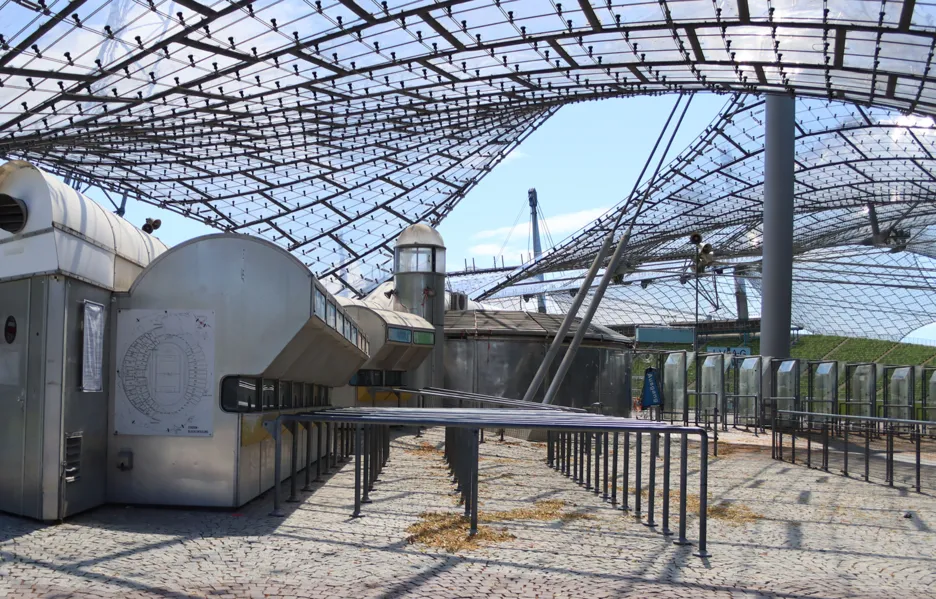Materiality of the Transparent - Acrylics outdoors and their Conservation between Aesthetics and Substance

The conservation of plastics has become a topical issue in building heritage conservation recently. Such plastics were developed, produced and assembled in the decades before, during and after the World Wars. Nowadays, they show severe degradation phenomena, which affect both the function of the construction elements as well as their aesthetics. Generally, acrylic components are considered to have a short defined service live, benchmarked against the industry’s term of guarantee and the usually hazy/scratched appearance of formerly transparent parts. Moreover, as the replacement with new materials is considered as efficient and inexpensive, the significance of the historic substance tends to be neglected.
Ascertained by plastic preservation under indoor conditions, such as in museums, however, it can be assumed that acrylic components can be used significantly longer.
The dissertation project pursues the hypothesis that outdoor acrylics last much longer and - despite common assumption - their materiality is of cultural value and worth being preserved. I will develop a processual approach, which uses sources of literature, archives and historic acrylics as well as analytic examination methods in the laboratory and in situ to differentiate between the various acrylic components and their respective conditions, and thereby, to define criteria for the value and durability of acrylics.
Three case studies from the 1930s to the 1970s in Germany will be examined, all with historic building components made of poly(methyl) methacrylate facing outdoor damage factors. I will describe and classify the typical conditions and degradation phenomena, capture cultural values and discuss specific conservation questions. Based on their production techniques, composition, technical characteristics and requirements as well as on their mechanical-thermal deformation, I will present the material immanent factors of the ageing of acrylics as well as external factors, for example, the construction, and environmental influences.
With my dissertation, I will contribute to the conservation of acrylics in the field of building conservation. This can be done by showing the material and aesthetic varieties of historic transparent acrylics and assessing and identifying their historic and aesthetic value. Furthermore, there will be prospects on not only how to identify and examine acrylics in order to define compositions, conditions and damages, but also, on how to conserve them.
Susanne Brunner, Dipl.-Restauratorin (Univ.) TUM
since 2020
Associated with a research project funded by DBU
Strategies for the conservation of outdoors transparent polymethyl methacrylate (PMMA) in architecture and museum objects